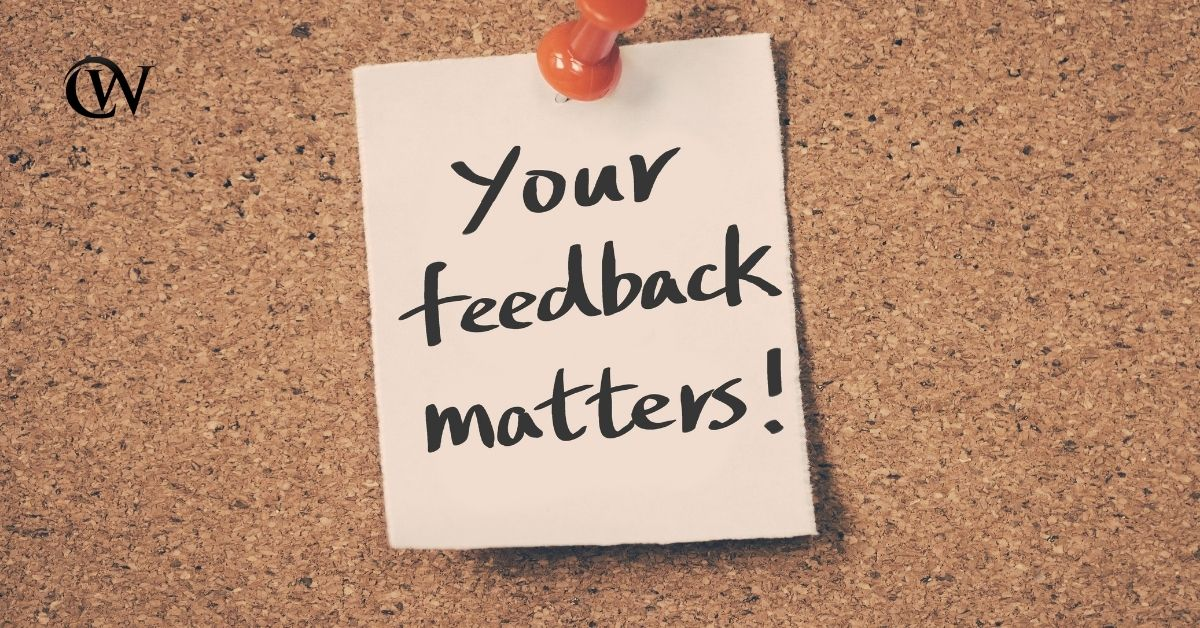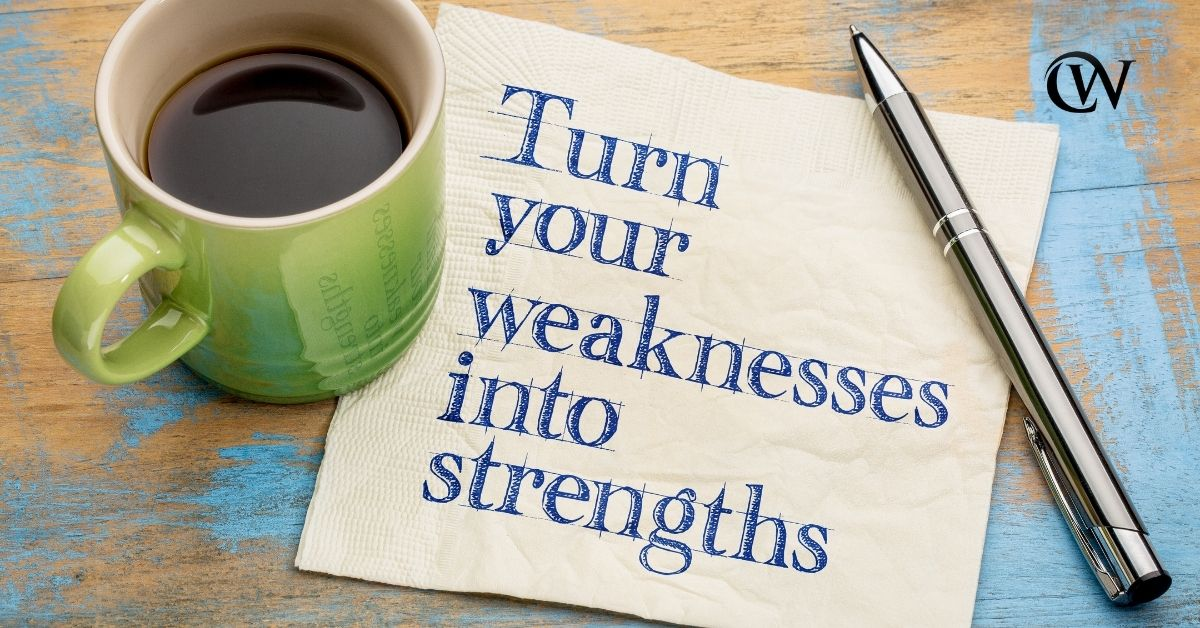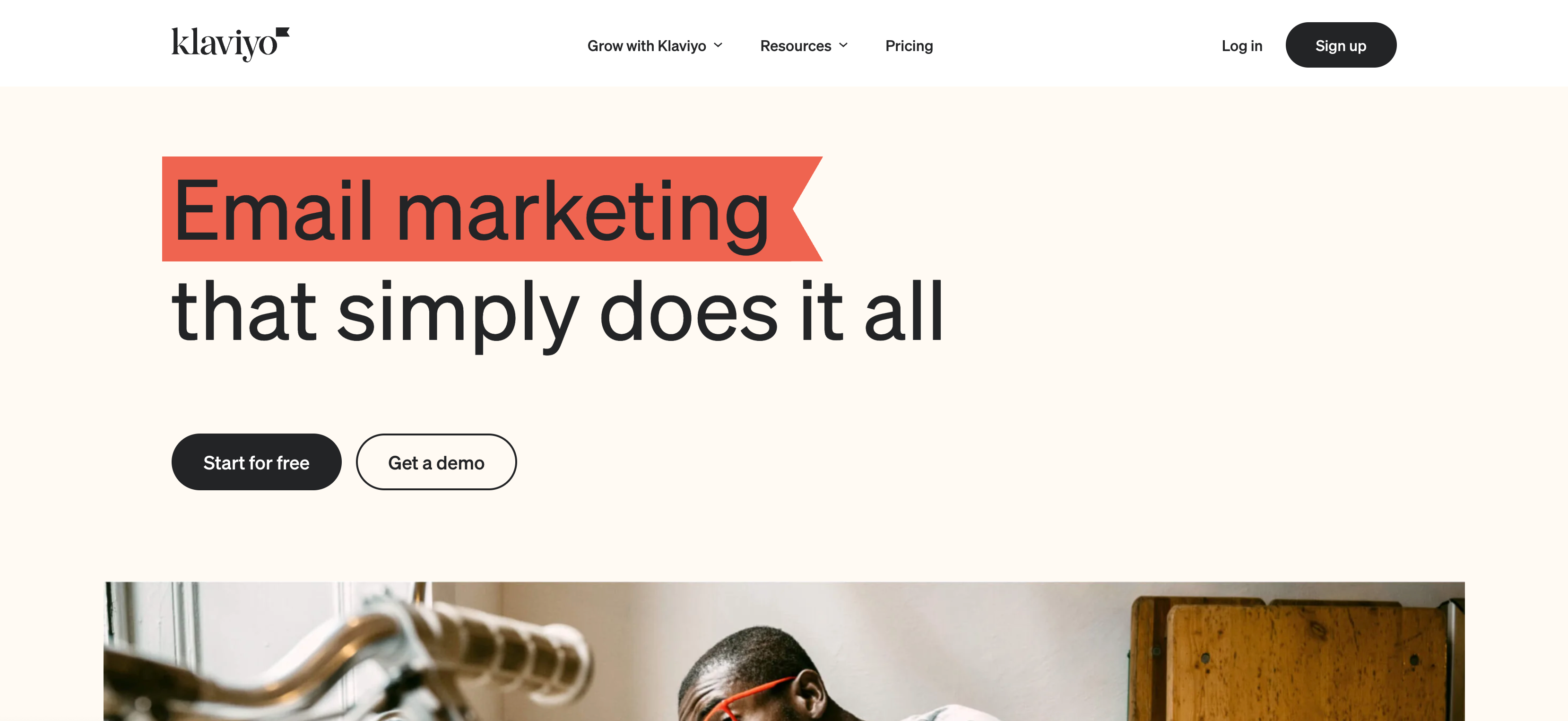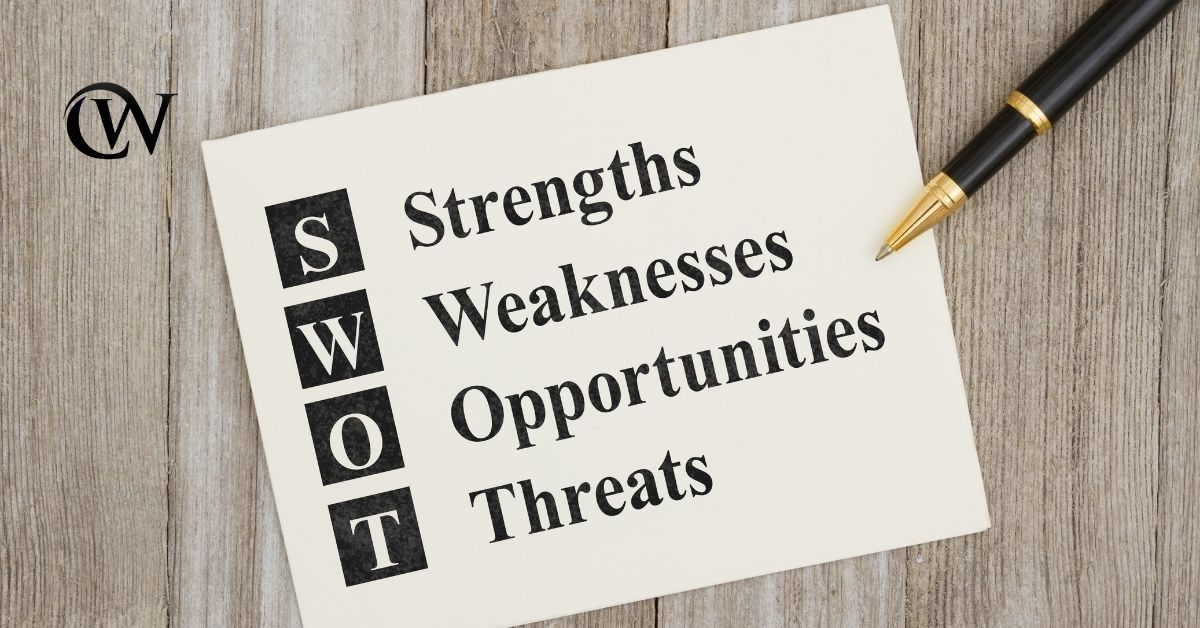Running a Shopify store can be extremely profitable, but it's not without its challenges.
If you’re not familiar with SWOT, it stands for Strengths, Weaknesses, Opportunities, and Threats.
It’s a tool that businesses use to assess themselves and their competition.
Let me give you an example of a SWOT analysis on Shopify as an ecommerce option for sellers.
I’ve compiled a simple list of what I believe to be the top strengths, weaknesses, opportunities, and threats for Shopify stores, as well as an audit for my own store in this blog.
Strengths:
-
Shopify is easy to use
-
There are no transaction fees (beyond credit card fees)
-
Shopify offers 24/seven support
-
Shopify has a large app store
-
Potential for international sales
-
Marketing partnerships with online giants Google and Pinterest
-
A strong distribution network
-
Excellent merchant solutions
Weaknesses:
-
Shopify can be expensive if you install a lot of apps
-
The themes can be costly
-
There are limits to what you can do with the platform
-
Expensive merchant solutions (i.e., for blogs)
-
Not a lot of subscription solutions
-
Still working out kinds to sell to an international market
Opportunities:
-
You can reach a global audience with Shopify e commerce
-
There are no limits to what you can sell on Shopify
-
Shopify is constantly innovating and adding new features specifically for the e commerce industry
-
Strong Distribution network
Threats:
-
There are a lot of Shopify stores out there
-
It can be hard to stand out from the crowd
-
The platform can be limiting if you don’t know how to code
-
External strategic factors (involving competitors, etc.)
Now that we’ve gone over this SWOT analysis example of Shopify as an ecommerce provider, let’s talk about how you can use the SWOT as a strategic analysis tool for your store.
The SWOT Analysis Matrix
If you have a Shopify store, or are thinking about starting one, take a look at your competition and see where they fall on each of these points.
Then, focus on what you can do to improve on the weaknesses and take advantage of the opportunities.
For example, if you’re selling products that are only available in your country, you could focus on increasing your global reach.
Or, if you find that your competition is mostly selling low-quality products, you could focus on selling higher-quality items.
There are endless possibilities when it comes to using a SWOT analysis to improve your Shopify store.
In order to stay ahead of the competition, you must constantly reflect on your store's performance and making changes where necessary.
In this blog post, we will discuss a case study of a handmade ecommerce Shopify store's strengths, weaknesses, opportunities and threats.
We'll also provide some tips on how to increase conversions in your Shopify store.
Let's get started!
How a SWOT analysis of shopify stores can result in a competitive advantage
The Shopify platform is constantly evolving.
As a Shopify store owner, it's important to reflect on your business performance and do a SWOT analysis on a regular basis.
A SWOT analysis is a tool that can be used to assess your business strengths, weaknesses, opportunities and threats.
It's an important exercise for any business, but it's especially useful for Shopify stores.
The Shopify platform is constantly changing, which means that your store's strengths and weaknesses can change over time.
By doing a SWOT analysis on a regular basis, you can stay ahead of the competition and keep your store running smoothly.
Here's how to do a Shopify SWOT analysis:

First, take a look at your store's strengths. What are you doing well?
-
Maybe you have great customer service or an easy-to-use checkout process.
-
Whatever it is, make sure you write it down.
Next, identify your store's weaknesses. Are there any areas that need improvement?
-
Maybe your shipping times could be faster or your product photos could be better.
-
Again, make sure you write down everything that comes to mind.
Now, take a look at the opportunities for your store.
-
What new products or services could you add to appeal to new customers?
-
Maybe you could offer free shipping or start selling internationally.
Finally, identify any threats to your store.
-
Are there any competitors that are doing better than you?
-
Maybe there's a new Shopify platform feature that could put you at a disadvantage.
How to Make Improvements based on your SWOT analysis

Once you've identified your store's strengths, weaknesses, opportunities and threats, it's time to start brainstorming ways to improve.
-
What can you do to turn your weaknesses into strengths?
-
What can you do to take advantage of your opportunities?
-
And how can you mitigate the threats to your business?
By taking the time to do a Shopify SWOT analysis, you can develop a clear plan for improving your store and giving yourself a competitive edge.
Analyzing My Shopify Store With the SWOT analysis

I think I thought up until this year that if someone saw my pictures on my website that they would be like, ok cool, I’m ready to buy.
But the buyer journey is more complex and nuanced than that.
I learned to write TO my customer, not just ABOUT my products.
I also learned the power of a CTA (call to action).
It’s not enough to just put the info out there about the product - it’s important to build a customer journey and when it comes to a sales page (aka a product page in e-commerce.)
You have to make it easy for them to buy. People need to know what to do next.
In my business I make wooden numbers and wooden cutouts.
I always laughed to myself when someone asked, can you make a 7?
In my mind, I’m like, I’ve made 1-6 and 8-99, YES, I make sevens, too!
But what I didn’t realize is that if a bunch of people kept asking that, there must have been something wrong with my copy and my communication about my products.
Without the SWOT analysis, I don't believe I would have thought about this strategically within the framework of: how can I make this easier and better for my client?
Harness the Power of Feedback

Many Shopify "experts" will give you generic business strategies.
But I want to share a little secret with you: no one will tell you about emerging markets in your niche like your clients.
Internal and external factors will always be present in the current business environment. But your customer can help you navigate them by sharing feedback with you about how to improve your product and get a competitive edge.
Simply having conversations with your clients will reveal opportunities that can impact your core business.
For instance, I didn't know that one of my biggest competitors has "paused" its business due to supply issues.
Their closure and the similarity of our products provide an amazing opportunity to new markets.
Moral of the story: Think about what it's like to be your client from the client point of view.
What is it like to receive a package from your company? How can you uplevel the experience so that they want to share your business with others?
Store strengths identified by the SWOT analysis

The strengths of my business include customer service, a willingness to innovate, fast shipping, and high attention to detail.
These are all areas where I excel and which give me an edge over my competitors.
In terms of customer service, I always go the extra mile to make sure my clients are happy.
I am quick to respond to questions and concerns, and I always go out of my way to address any issues.
This has resulted in me having a very loyal customer base.
I am also always looking for ways to improve my business.
This means we are constantly testing new products and services, and I am always on the lookout for new trends.
This allows me to stay ahead of the curve and offer my customers the latest and greatest products.
Finally, I pride myself on my fast shipping times.
I know that when someone orders something online, they want it ASAP.
Or yesterday if possible.
So I make sure to get orders out the door as quickly as possible.
This has resulted in some very happy customers! All of these strengths have allowed me to build a successful shopify business.
Weaknesses

I have struggled with an unhealthy relationship towards my business.
I treated it like a baby.
I was constantly on my phone, responding to messages.
A lot of my customers were delighted but also very surprised that I would respond to their messages or emails late at night.
I had zero boundaries.
I have often found myself feeling like I need to be "on" all the time, working on my business around the clock.
This has led to me feeling burnt out and stressed, which is not healthy for either myself or my business - and definitely does not lead to a competitive advantage!
Opportunities

Once I addressed my emotional attachment to my business I was able to take a critical look at my own online store.
An area I can definitely improve in is my ecommerce conversion rate optimization.
I've been reading a lot about ecommerce conversion rate optimization (CRO) lately and it's something that I definitely want to start focusing on more.
In the beginning, my conversion rate started out very low and there's definitely still room for improvement.
I was getting a lot of traffic but not the CONVERTING customers.
So I made some changes and I’m happy to report that my conversion rate has increased by almost 60% 4Q vs 3Q.
August: .07
September: .29
October: .15
November: .69
There are a few things that I did to improve our Shopify site's CRO.
As I walked through this SWOT analysis of shopify (my shopify store), I remember doing three key things:
-
First, make sure that the Shopify site is super easy to use and navigate. (ie., I upgraded to a Dawn 2.0 theme).
-
Second, make sure that you offer a competitive advantage over similar businesses. (We developed new products and better packaging for our products).
-
Third, make sure to provide an amazing customer experience. (My goal is to make every customer feel like our only customer.)
If Shopify owners focus on these three things, conversion rates will start to improve.
The importance of focusing on Internal Strategic factors like SEO on your e commerce platform
I started focusing on SEO (Search Engine Optimization) and my mind is blown about what I didn’t know about the internet, and how it works.
I’ve applied my new found knowledge to my Shopify stores and the results have been amazing.
Not only are my organic traffic numbers up, but my conversion rate is as well.
I’ve been slowly but surely growing my blog following and traffic and it’s been so gratifying to see the results of my hard work.
Threats

I lost access to my accounts on Instagram and Pinterest a few months ago.
I realized that both platforms are important, but I need to improve the marketing channels that I can control - vs. the ones controlled by external factors.
If social media is a core business model for your businesses online, you run a greater risk of limiting your competitive edge.
Businesses on social media do not "own" their followers. As a business owner, it's important to understand that you can lose access to any 3rd party platform at any time.
I’m not going to give up social media entirely because it is still a valuable tool, but I am going to be more mindful about how I use it and what kind of energy I give it.
That's why it's so important to gain market share in other ways.
Tools that give you a competitive edge

What can I say about Jasper? I freaking love Jasper.
Jasper is the best copywriting assistant that I could have asked for!
Jasper has helped me become a better copywriter.
I created a Clubhouse/Youtube Video Plan that is fully planned out with Video topics, content description, bullet points, AND scripts for all of Q1 and beyond - in just a couple of ours using Jasper.ai.
And that’s just one way that I use Jasper.
I also use it for product descriptions, landing page copy, social media posts and even writing blogs (like this one!).
Email marketing is key

One key piece of software I’ve found is Klayvio - I had heard it recommended through a friend and several other digital and service professionals months before I tried it!
But since I couldn’t even pronounce it or spell it I was like, that’s probably not for me!
By the way it is pronouced Clay-vee-oh.
But let me blow your mind for a minute if you don’t know a lot about email marketing. It’s especially powerful for e-commerce businesses because:
-
You can offer a discount or something to get people on your email list with a unique, EXPIRING code.
I had been doing this for years but Klayvio had an upgrade: the code is unique and only available for 3 days - so if someone was shopping, it created a sense of urgency if they wanted to save.
-
Your welcome series can be so much more than just “learn about me and my business”. Klayvio allows you to insert clickable products so people can go right to what interests them most.
-
Do you have a customer hasn’t visited in a while?
Klayvio has automations called customer “win-back” sequences that kick in after a certain amount of time has passed without a sale from a particular customer.
-
There’s so many great features but the last one I’ll mention here’s the thank you emails.
You can easily set up a thank you email to go out automatically after each purchase. But if you have a repeat customer?
Klayvio can have a separate thank you email for someone who has purchased before. So thoughtful.
-
I loved FloDesk. I have affiliate links for Flo Desk and Klayvio.
But I needed more than pretty emails and landing pages - I needed an assistant to follow up with potential customers and serve as a salesperson and Klayvio does that for my business.
The takeaway?
No business, system, or product is perfect, and it's important to always be looking for ways to improve through strategic planning.
A SWOT analysis of shopify store performance will give you a holistic look at the health of your business model.
By understanding your own e commerce strengths and weaknesses, you can put yourself in a better position to capitalize on the former and work on minimizing the impact of the latter.
Ready to start improving your Shopify store today?
Complete your own SWOT analysis using our free SWOT analysis template!
Or book a call with me, Crystal Waddell, a Shopify partner and we can work through one together!







